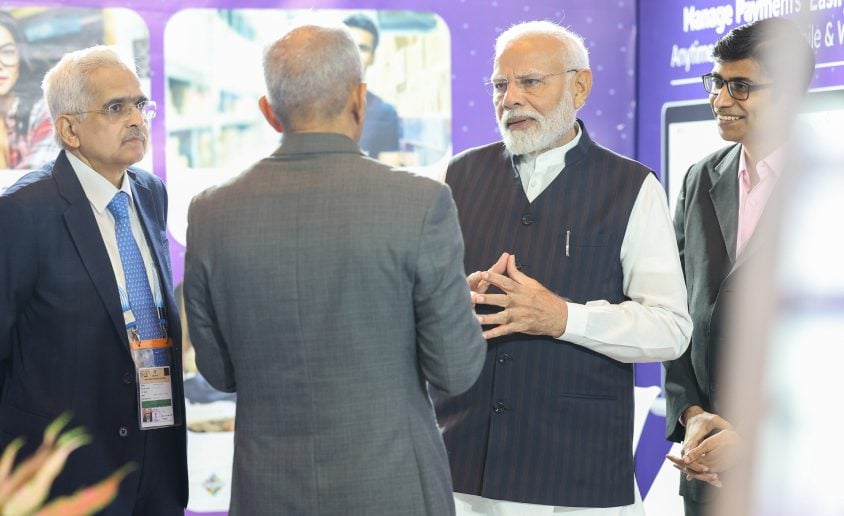For anyone in India who earns money in foreign currency exporters, freelancers, consultants—converting every payment straight into rupees can mean losing money to fees and unfavorable exchange rates. The Exchange Earners’ Foreign Currency (EEFC) account was introduced by the Reserve Bank of India (RBI) to solve this problem. It lets you keep your earnings in foreign currency inside an Indian bank account and convert them when it makes the most sense for you.
What is an EEFC Account?
An EEFC account is a non-interest-bearing current account offered by Indian banks. It’s only for residents of India who earn from abroad, either through goods, services, or professional work. You can hold one as an individual, jointly with another eligible person, or as a business entity.
Funds in the account stay in their original currency until you decide to convert them into rupees. This flexibility gives you a way to manage exchange rate risks. You can also hold multiple currencies in the same account if the bank supports it. However, there’s an important rule: any unused balance at the end of the following month is automatically converted into rupees by the bank.
Once rupees are withdrawn, you cannot change them back into foreign currency for redeposit into the EEFC account.
Why EEFC Accounts Matter
Without an EEFC account, foreign earnings are converted to rupees immediately, even if exchange rates are unfavorable. This can cut into profits for exporters and service providers dealing with large invoices. With an EEFC account, you can:
- Wait for better exchange rates instead of being forced to convert right away.
- Avoid repeated conversions between rupees and foreign currency for overseas transactions.
- Pay directly in foreign currency for imports, software subscriptions, travel, or supplier invoices.
This flexibility is especially valuable for businesses with both foreign earnings and expenses.
Who Can Open an EEFC Account
To open an EEFC account, you must meet the following requirements:
- Be a resident of India, including individuals, companies, or other entities.
- Be a foreign exchange earner, such as an exporter, a professional, or a business involved in foreign exchange transactions.
- Adhere to the terms and conditions set by the Reserve Bank of India (RBI), as well as the Foreign Exchange Management Act (FEMA) of 1999.
- Exporters must have a valid Importer-Exporter Code (IEC).
It is important to note that entities in a Special Economic Zone (SEZ) are not eligible to open an EEFC account, though they may be able to open a different type of foreign currency account.
What You Can Credit to an EEFC Account
Permissible credits include:
- Payments for exports of goods or services from India.
- Advance payments against exports.
- Professional fees (consulting, lectures, director fees, honorariums).
- Payments between eligible units like EOUs, EPZs, STPs, EHTPs, and DTAs.
- Counter trade settlements.
- Re-credit of unused foreign currency withdrawn earlier.
- Repayments from importers for trade-related loans or advances.
- Disinvestment proceeds from converting shares to ADRs/GDRs under RBI-approved schemes.
What You Can Debit from an EEFC Account
Permissible debits include:
- Payments abroad for permissible current or capital account transactions.
- Payments in foreign currency for goods or services purchased from approved units.
- Customs duty payments allowed in foreign currency under current trade policy.
- Trade-related loans or advances to overseas customers (within RBI regulations).
Currencies Available
Most major banks offer EEFC accounts, but the range of supported currencies differs.
- HDFC Bank: USD, EUR, GBP, JPY, CHF, SGD, CAD, AUD, AED, HKD, SEK, SAR, THB, KWD, NOK.
- ICICI Bank: USD, GBP, EUR.
- IndusInd Bank: USD, GBP, EUR, AUD, CAD.
- DBS Bank: AUD, CAD, CHF, EUR, GBP, HKD, JPY, SGD, USD.
Always confirm with your bank about currency options and rules, as these can change.
Transfer Costs to Watch Out For
Sending money from abroad to an EEFC account can incur fees that reduce your earnings. Traditional money transfer services and banks can charge high transaction and SWIFT fees. They may also apply a weaker exchange rate than the rate they use themselves, which is a hidden fee. By holding your earnings in an EEFC account, you can manage the timing of your conversions and potentially minimize some of these costs.
If you are looking for a simple way to transfer money directly into Rupees in an Indian bank account, services like Wise can also provide a solution.
When sending foreign earnings into an EEFC account, charges can creep in from two main sources:
- Transaction fees from banks or transfer services.
- Exchange rate margins—a hidden cost where banks give you a lower rate than the real market rate.
If your bank charges SWIFT fees or poor exchange rates, even holding the money in an EEFC account won’t help much. It pays to compare transfer partners and understand all costs before moving funds.
Key RBI Rules to Remember
- 100% of foreign exchange earnings can be credited to the account.
- Funds must be converted to rupees on or before the last day of the next calendar month unless spent or committed for approved uses.
- The account must be held in the form of a current account; no interest is paid.
Conclusion
An EEFC account is a useful tool for Indian residents who earn foreign currency. It provides a way to hold and manage foreign funds within an Indian bank, giving you the flexibility to convert to Rupees when the time is right. By understanding the rules and benefits, you can use an EEFC account to manage your foreign exchange earnings more effectively.
Optimize Your Cross-Border Payments with BRISKPE
While an EEFC account is essential for holding foreign currency, managing the actual international payments and transfers efficiently is also critical for exporters and foreign exchange earners. This is where Briskpe provides a seamless solution. Our platform is designed to simplify your cross-border payments, offering transparent foreign exchange rates, low fees, and a streamlined process for receiving funds. By using Briskpe in conjunction with your EEFC account, you can optimize your entire international payment workflow, from receiving payments to managing your foreign currency reserves.
Learn how BRISKPE can make your international payment process more efficient and help you maximize your export earnings. Visit briskpe.com to get started.
FAQs
1. Can I keep my earnings in foreign currency indefinitely?
No. Any unused balance at the end of the following month is converted to rupees automatically.
2. Can I transfer money from my EEFC account to another person’s foreign account?
Yes, if the payment is for a permissible transaction under FEMA rules.
3. Can rupees be reconverted into foreign currency for redeposit?
No. Once converted to rupees, funds cannot be reconverted for EEFC deposit.
4. Is there a minimum balance requirement?
This depends on the bank’s terms, but RBI rules don’t mandate one.







